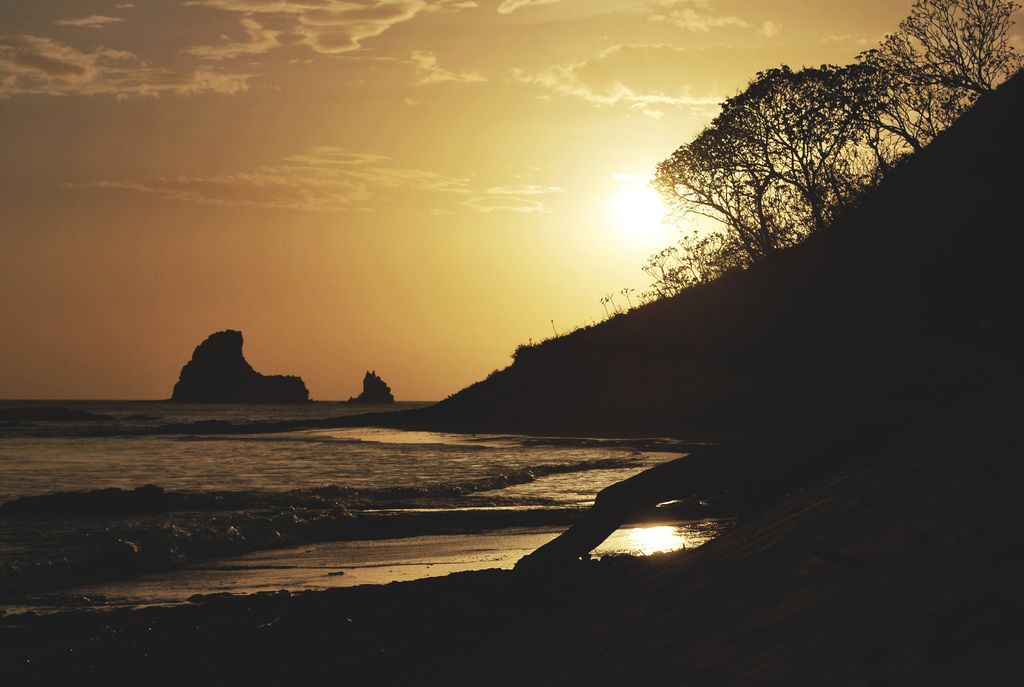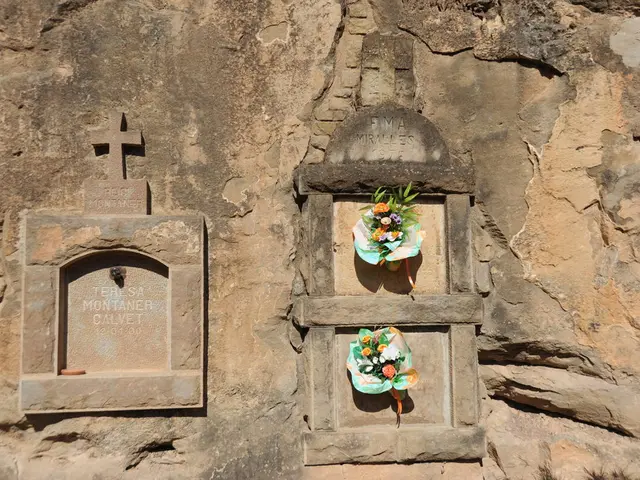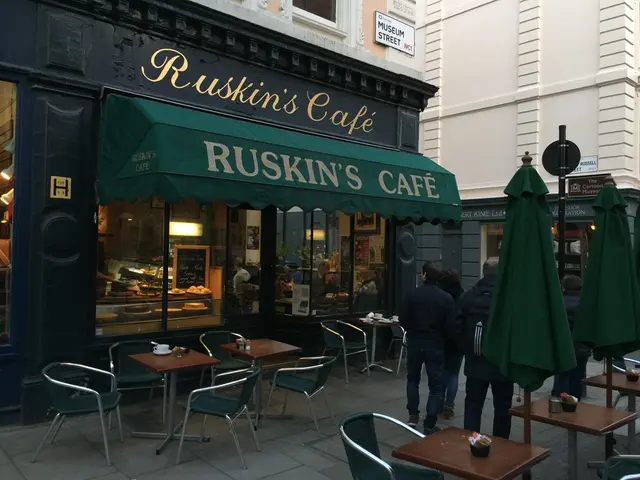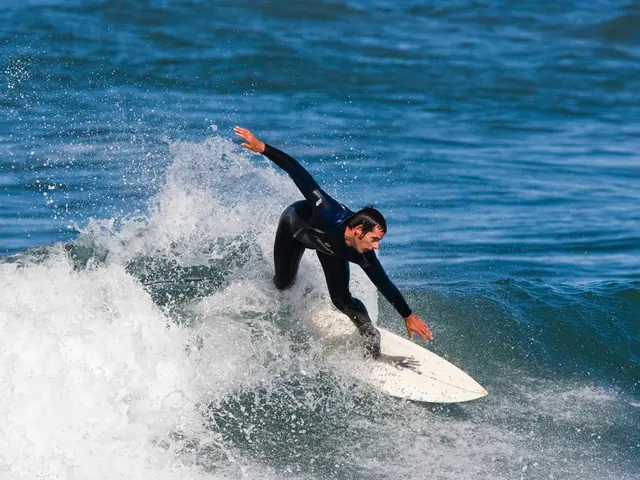Delving into Flamenco: The Rhythmic Pulse of Spanish Tradition
Hey there! Let's talk about Flamenco, a passionate art form hailing from the Spanish region of Andalusia. It's more than just a dance; it's a cultural phenomenon that blends singing, guitar playing, dance, and rhythmic accompaniments. Flamenco is renowned for its emotional intensity, proud carriage, deep song, and rhythmic stomping.
The Origins of Flamenco
The roots of Flamenco run deep, drawing inspiration from a variety of cultures. Emerging in the late 18th century, Flamenco was heavily influenced by the Romani, Moorish, and Jewish traditions. These diverse cultures brought their unique musical and dance traditions to the Andalusian region, merging with local folk music and dance, ultimately establishing the foundation for the emerging art form.
The Gitano (Romani) Influence
The Romani people, also known as Gitanos in Spain, played a significant role in the development of Flamenco. Their music and dance traditions added elements of intense emotion and expressive movements. The struggles faced by the Romani community significantly shaped the themes of Flamenco, often revolving around themes of love, loss, and societal struggles.
Elements of Flamenco
Cante: The Soul of Flamenco
At the heart of Flamenco lies cante, or song. characterized by its deep, emotional intensity, cante is often sung in Andalusian dialect. Flamenco songs (letras) convey a range of emotions, from sorrow and despair to joy and celebration. Various forms of cante exist, such as 'cante jondo' (deep song), known for its profound emotion, and 'cante chico' (light song), which is more playful.
Baile: The Flamenco Dance
Flamenco dance (baile) is a highly expressive form of dance, characterized by its passionate and intricate movements. Dancers use their bodies to express the deepest emotions conveyed in the song, often improvising movements to reflect the feelings of the cante. The dance is marked by firm, graceful arm movements, fiery footwork, and a proud, upright carriage.
Toque: The Art of Flamenco Guitar
Flamenco guitar (toque) serves as the musical foundation for both cante and baile. Flamenco guitar playing is marked by rapid, complex finger movements, producing a rhythmically compelling and harmonically rich sound. The guitar not only accompanies singers and dancers but also functions as a solo instrument, showcasing the guitarist's virtuosity.
Palmas and Jaleo: Rhythmic Elements
Palmas (handclapping) and Jaleo (vocalizations) serve as essential rhythmic elements in Flamenco, contributing to the overall performance. They provide a percussive accompaniment and help maintain the rhythm while enhancing the atmosphere.
Flamenco Styles and Forms
Flamenco comprises numerous styles, known as palos, which vary in rhythm, mode, and subject matter. Some of the most famous palos include Soleares, Alegrias, and Bulerias. Flamenco regional styles also contribute to its richness and diversity, with examples from Seville, Cádiz, Jerez, and Granada.
Flamenco Today
In modern times, Flamenco has gained international recognition, evolving to incorporate new influences, like jazz and salsa. This fusion has led to a new generation of Flamenco artists pushing the boundaries of the art form while still preserving its rich traditions. Flamenco continues to be more than just a dance; it's a way of life for many in Spain, reflecting the spirit of the Spanish people and their emotions.
Flamenco's Impact on Global Music and Dance
The allure of Flamenco has transcended Spanish borders, influencing music and dance around the world. The art form's intensity and dynamic movements have inspired artists across genres, from classical to contemporary. Thriving Flamenco communities can be found in countries like Japan and the United States, fostering the growth and development of the art form. Fusion with other dance forms has created unique blends, enhancing the storytelling aspect of dance.
In conclusion, Flamenco, with its deep roots and expansive reach, remains a dynamic and captivating art form. Its ability to convey profound human emotions through music and dance has made it a cornerstone of Spanish culture and a beloved art form worldwide. As Flamenco evolves, it will continue to inspire and move audiences with its passion and intensity, ensuring its place as a vibrant and vital expression of the human spirit.
- The Gitano influences brought intense emotion and expressive movements to Flamenco, shaping its themes around love, loss, and societal struggles.
- Cante, the soul of Flamenco, is a deep and emotional song, sung in Andalusian dialect, conveying a range of emotions through its various forms like 'cante jondo' and 'cante chico'.
- Flamenco dance, or baile, is a passionate and intricate form of dance characterized by its firm, graceful arm movements, fiery footwork, and a proud, upright carriage, reflecting the feelings of the cante.
- The allure of Flamenco has transcended Spanish borders, influencing music and dance around the world. Its intensity and dynamic movements have inspired artists across genres, from classical to contemporary, leading to unique blends of dance forms as Flamenco communities thrive in countries like Japan and the United States.








